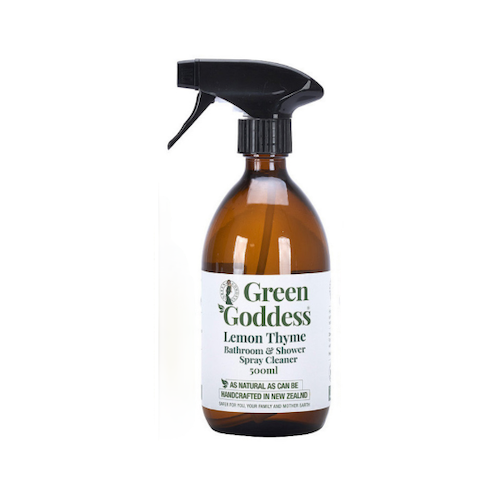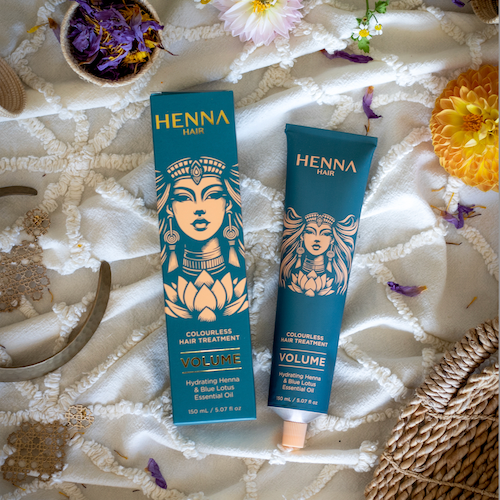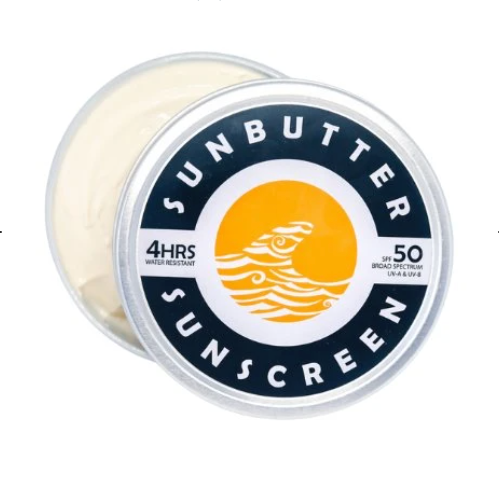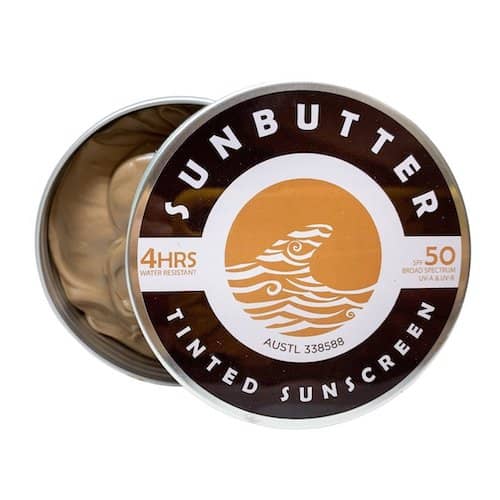(Save $13.45)
Save up to $41.95
Why Choose Green Goddess?
Our Eco friendly laundry powders, natural cleaning products and our body care range have been carefully formulated with a focus on quality, sustainability and value for money. From sourcing through to packaging and shipping, every step has been considered with you and Mother Nature in mind.
All of our Eco friendly laundry, cleaners and body care products have no toxins to aggravate allergies or hinder the immune system. There are no harmful substances to leach into the environment when you use Green Goddess laundry, cleaning and natural care products. Even our baking soda is mined, not man made like most in the world today. All paper packaging is home compostable. Liquids have glass options so these natural products have less impact on the environment.
So whether you want anything from an apple cider vinegar recipe, to washing soda or anything in between, at Green Goddess we have a product that is value for money and friendly to the planet.
Taranaki Garden Festival
Have you ever been to the Centuria Taranaki Garden Festival in New Plymouth? I went with my family last year and absolutely loved it. There’s such a great mix of...
Read MoreSarah, Low Toxin Rabbits guide to Low Tox Baby Products
If you’re a parent or soon-to-be parent looking to reduce toxins in your home, you’ll love this list from Sarah @lowtoxinrabbit. These are some of Sarah's low toxin baby essentials, most...
Read MoreLemon Lavender Cake
This beautiful golden cake is perfectly sweet with a touch of tang and a gentle hint of lavender. Finished with a fresh lemon icing, it’s bursting with flavour and absolutely...
Read MoreCustomer Reviews
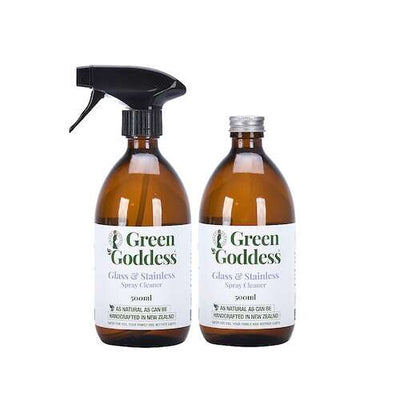
Karen I.
“I have never come across such a great cleaning product as I have in the glass cleaner. I will not use anything else and I love it so much I bought it for my in laws new apartment, as a house warming present.”
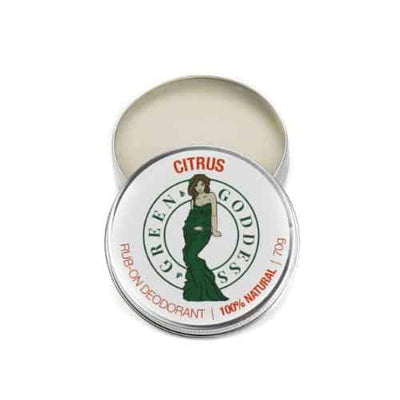
Sarah E.
“I just wanted to contact you to let you know how much I love your deoderant! I bought it for the first time about a month ago now and have been using it almost every day since. The one day that I thought I'd go back to my old deodorant (as an experiment) I was so disappointed with it...and I was smelly which I hadn't been at all using your deoderant! I've tried lots of different natural deoderants over the years and this is by far the best I've ever tried. Thank you so much for creating a fantastic product. I will not be buying anything else from now on.”

Steph V.
“I absolutely love Green Goddess products! The hemp seed face cream has totally changed my skin for the better - it's super gentle and hydrating. I'm obsessed. Shipping is always fast and the service is amazing.”
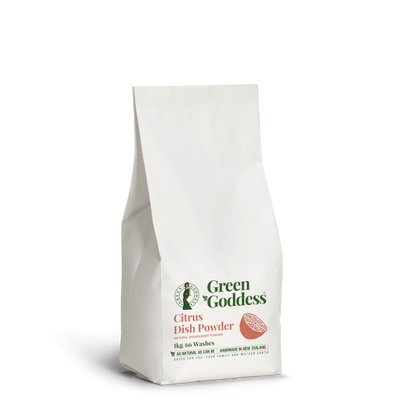
Stu J.
“I use Green Goddess products regularly and love what they're about. I always learn something new about removing toxic chemicals from my daily life, and love saving on plastic packaging; so easy to refill!”




